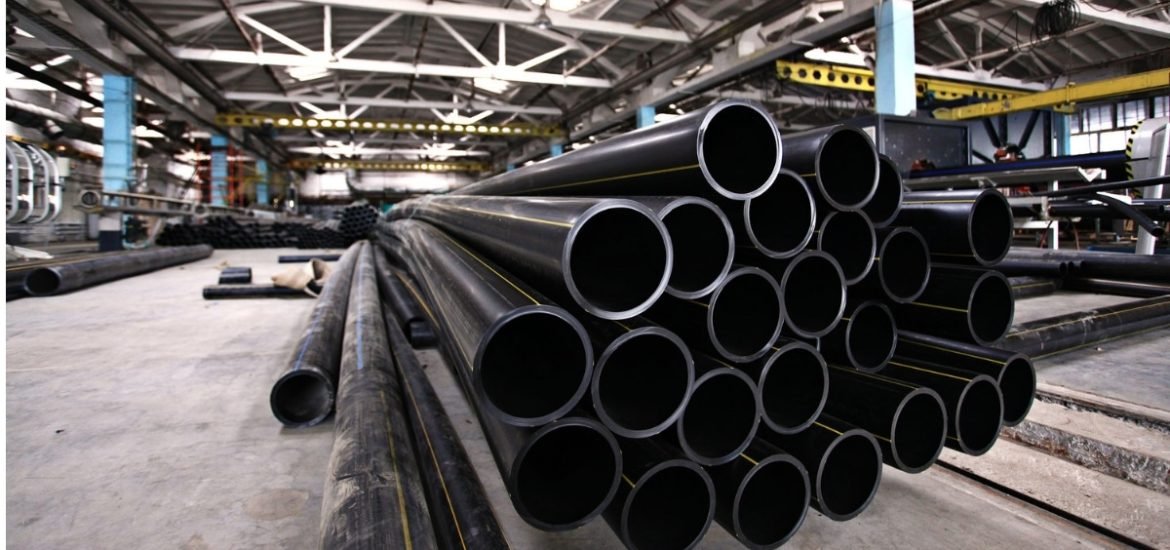
This week in an interesting commentary published on 9 January in Nature, three international researchers― Prof Yong Geng from Shanghai Jiao Tong University in China, Prof Joseph Sarkis from the Worcester Polytechnic Institute in the US and Hanken School of Economics in Finland, and Prof Raimund Bleischwitz from University College London in the UK ― have called for a global initiative to advance the circular economy (1).
According to the authors, an international platform should be set up to share data and experiences, and coordinate industrial policies and trade in an effort to conserve resources and energy. They suggest the initiative should be led by the United Nations and involve G20 countries, the World Economic Forum, industry and citizen-oriented organizations.
Many manufacturing and production processes are hugely wasteful. But where does all the waste go? Only six per cent of materials is currently recycled. Each year 8 million tonnes of plastic are being dumped into oceans, discarded plastics and electronics contaminate soil and water, greenhouse-gas emissions are running rampant, and precious freshwater resources are used up by inefficient farming practices. The global demand for resources is set to double by 2050 and should, therefore, be more sustainably managed before they run out.
China and South Korea have been using the principles of the circular economy for the past two decades and other countries, including European Union nations, have made genuine efforts to boost markets for secondary materials and promote reuse. However, most of these projects act independently, which results in a relatively small impact on overall global waste management ― “circular-economy networks are too small.”
The authors highlight four important aspects of the circular economy: products should be designed as recyclable and reusable and based on clean manufacturing methods; companies should develop new business models that create both private and public value; company and consumer networks should be linked to promote reuse of key products such as cars; policies must be supportive of the circular economy.
Furthermore, an international policy that integrates circular-economy approaches would contribute to the UN Sustainable Development Goals (SDGs), including those related to water, energy, economic growth, and climate change. At present, limited data exist on the flows and stocks of most materials and on the costs and efficiencies of industrial processes, which makes it difficult to estimate the benefits and create policies.
In light of this, the researchers argue for a global strategy and outline the following five steps:
- A global database run by international organizations could first be set up to capture links between resource uses, including flows of materials, water and energy, as well as information on stocks in the built environment, production costs, and market trends.
- A global platform should be established to share knowledge about the circular economy, similar to the global Green Growth Knowledge Platform in Seoul, set up by the World Bank, United Nations Environment Programme (UNEP), and the Organisation for Economic Co-operation and Development to share knowledge on sustainable economic practices.
- International alliances could be developed to promote governance and financial innovations for sectors, such as water, energy, food, mobility, and construction.
- Harmonized standards must be defined for areas including performance measurement, reporting, accounting, and future products, potentially based on based on environmental and corporate social responsibility systems.
- Finally, voluntary regulatory and reporting initiatives should be set up on a global scale to enforce regulations, settle disputes, and implement sanctions.
According to the researchers, funding could initially come from supportive nations such as China, Japan, Germany, and the United Kingdom and supplemented by industries, with additional funding streams generated by levies on purchases of company shares and sovereign wealth funds. The authors write, “The circular-economy principles would help organizations to hedge against volatility in the prices of commodities such as copper and rebalance flows of goods, scrap and used products.”
(1) Geng, Y., Sarkis, J., and Bleischwitz, R. How to globalize the circular economy. Nature (2019). DOI: 10.1038/d41586-019-00017-z